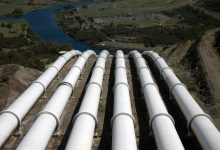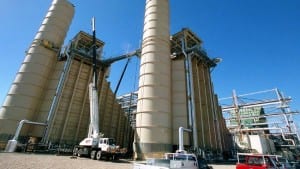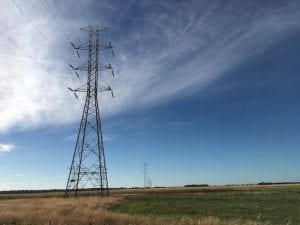TransGrid has delivered its preferred plan for the proposed HumeLink transmission network upgrade to energy market regulators, as it takes the first key steps in gaining regulatory approval for the multi-billion dollar investment.
The HumeLink transmission project will lift overall capacity in NSW, alleviate congestion and pave the way for new wind and solar projects, but most of all will be used to connect and distribute power from the huge new Snowy 2.0 pumped hydro project.
TransGrid said it believes Hume could deliver almost $500 million in benefits over the life of the project, which has attracted criticism because of the plan to build a major new link through the Kosciuszko National Park to connect the Snowy 2.0 expansion.
Environment groups have called on TransGrid to change the route or use underground network links in the national park, and local community residents have also raised concerns about the potential impacts on the Tumut airport.
TransGrid has said that it is open to considering potential alternatives, subject to their financial and technical viability, and has committed to improving its engagement with local community members after receiving complaints about its consultation approach.
The Australian Energy Regulator will review the submission and say if it approves the cost of the project, which will then be passed on to consumers. TransGrid anticipates that the project will require an investment of around $2.1 billion.
TransGrid had previously warned that the project’s viability could be at risk after the Australian Energy Market Commission rejected a proposed change to electricity rules that would have allowed the company to ‘front-load’ revenues recoverable by the project. But it appears that TransGrid is now ready to progress.
“In the report, we have demonstrated how the HumeLink project will benefit energy customers and deliver $491 million in net benefits over the assessment period.” acting CEO Brian Salter said.
“TransGrid’s report defines a preferred circuit option for HumeLink that delivers consumer benefit. However, it does not define a route,” Salter added.
“We are committed to consulting in a respectful, timely and effective with landowners and communities as the regulatory process progresses and we thank everyone for their patience as we await the regulator’s response to the report.”
After the project has received investment clearance from the Australian Energy Regulator, it will still be required to seek planning approval from the NSW government, with the project expected to be delivered by late 2026.










